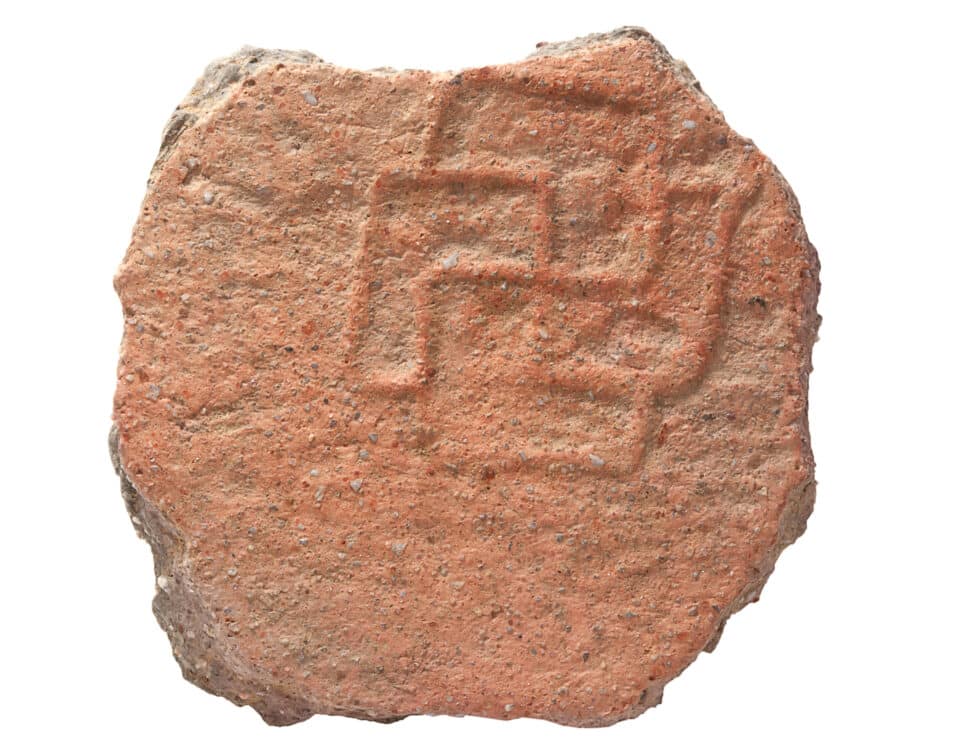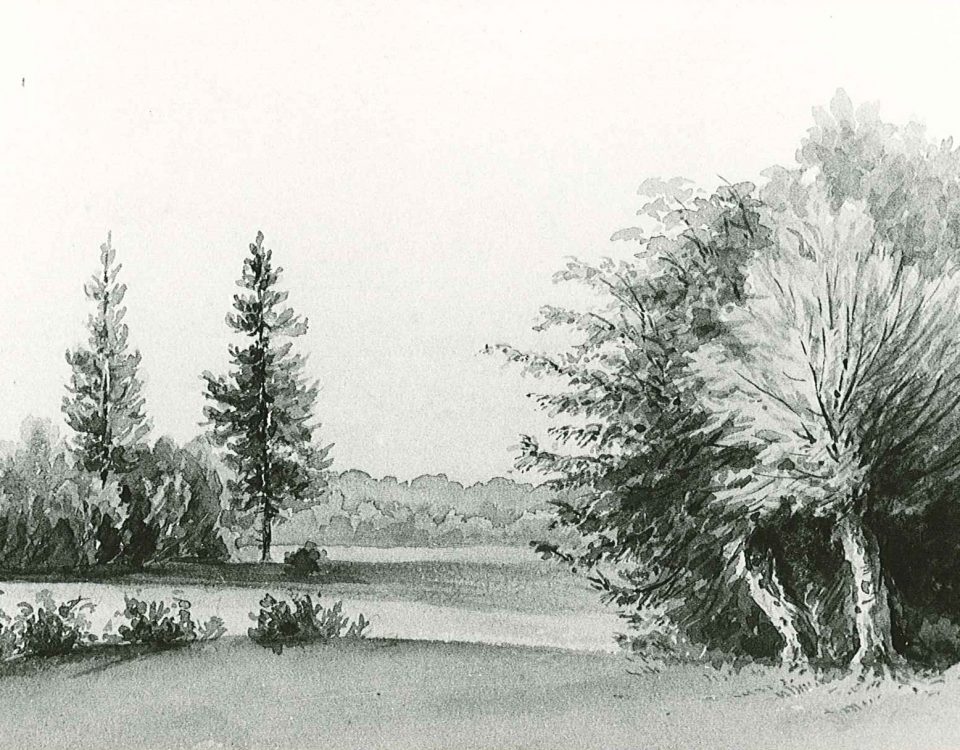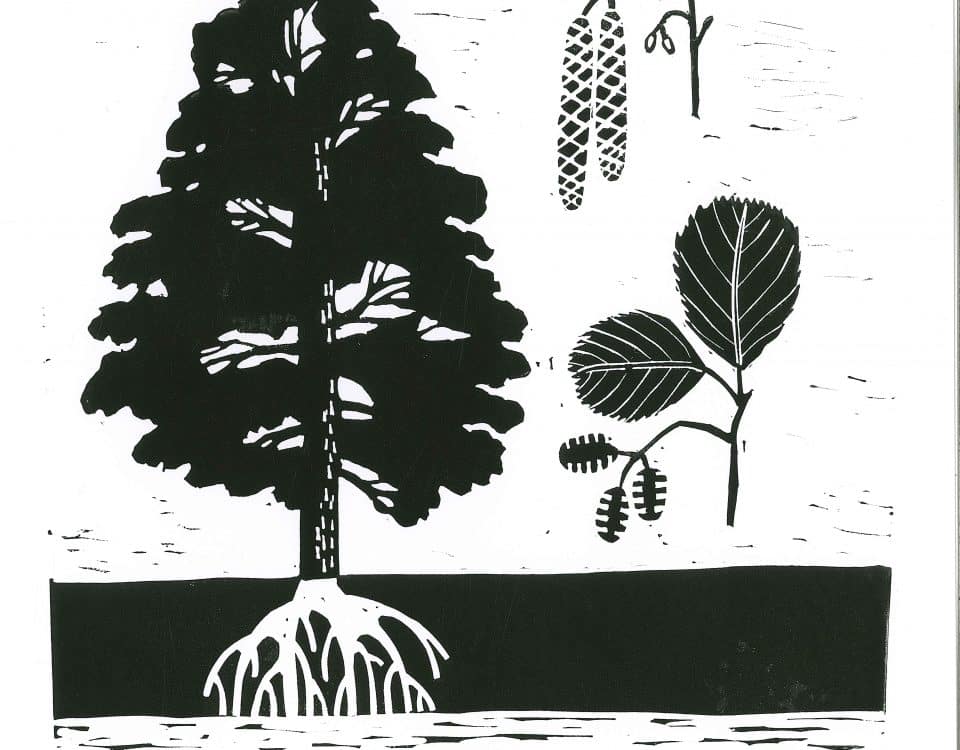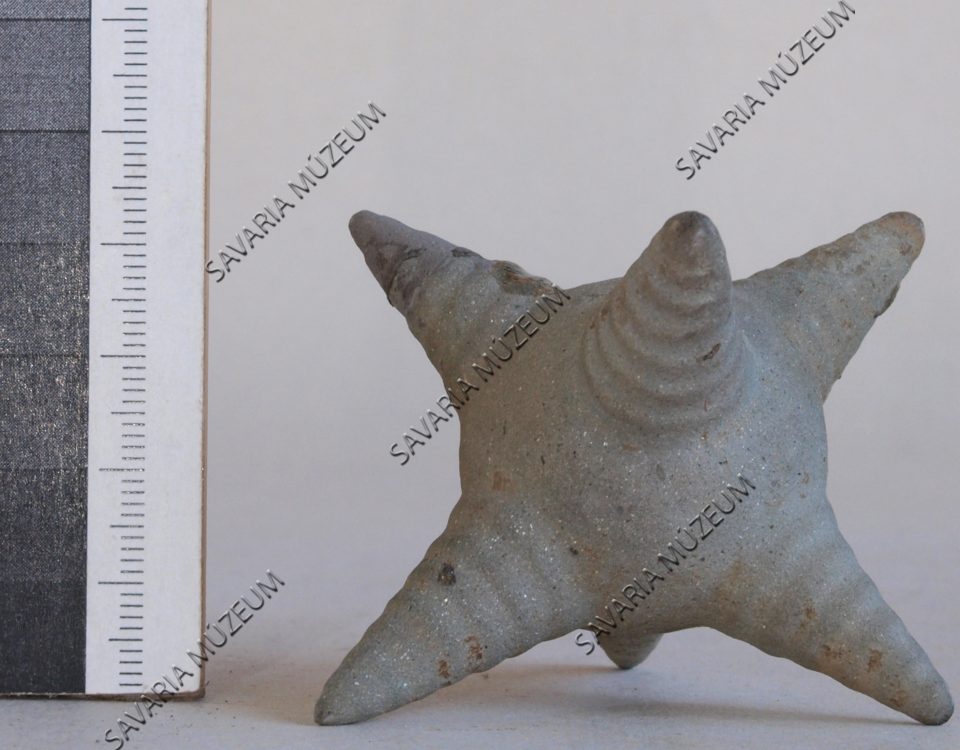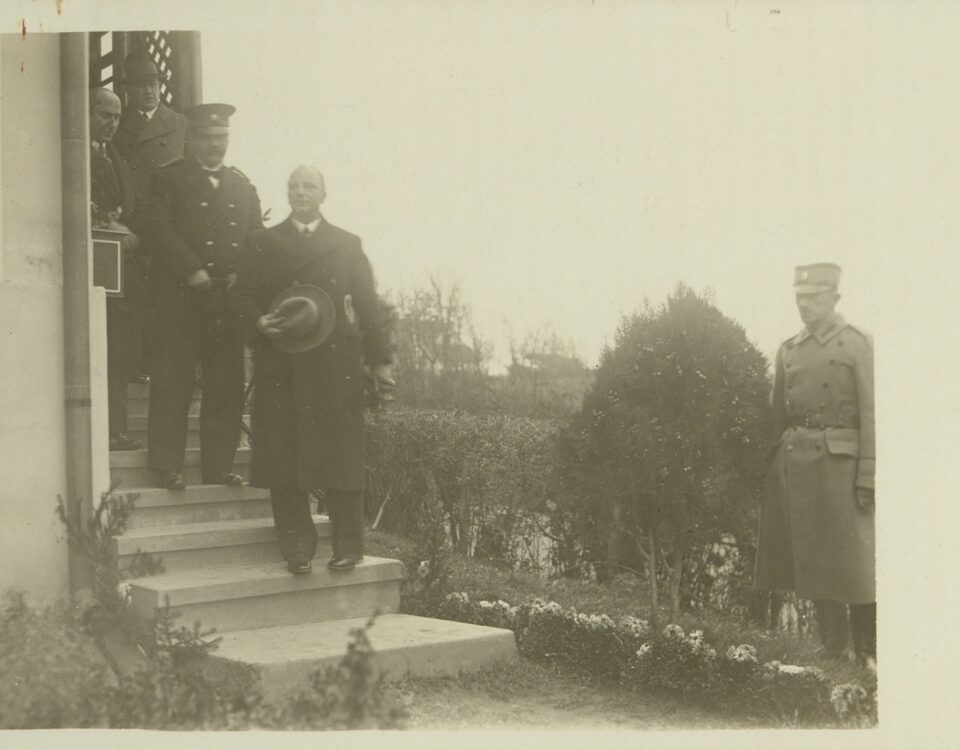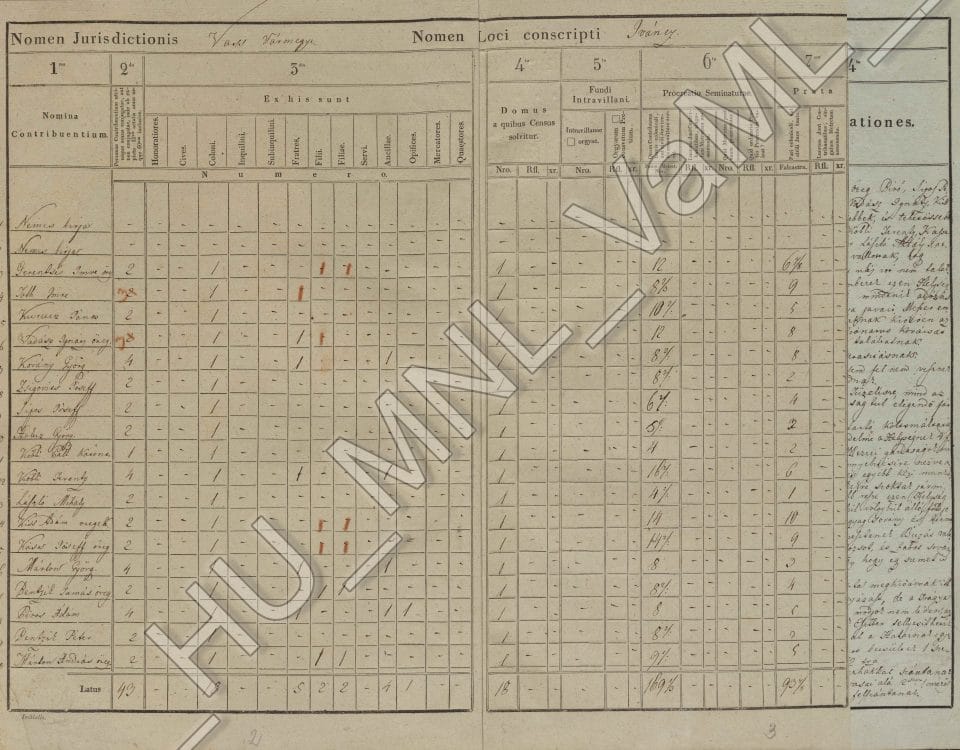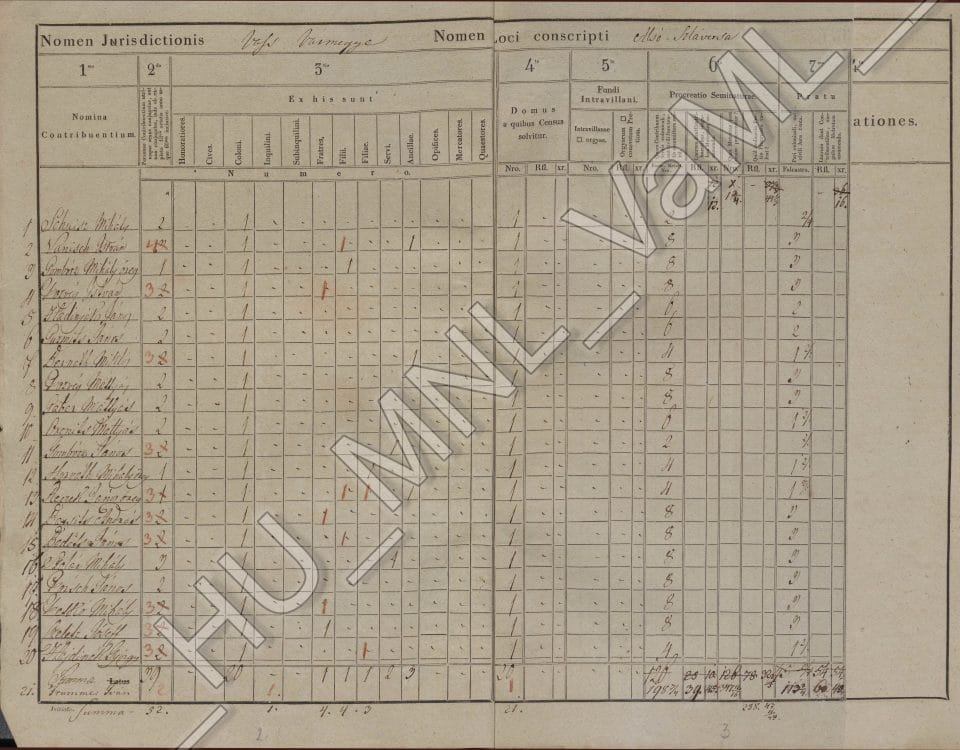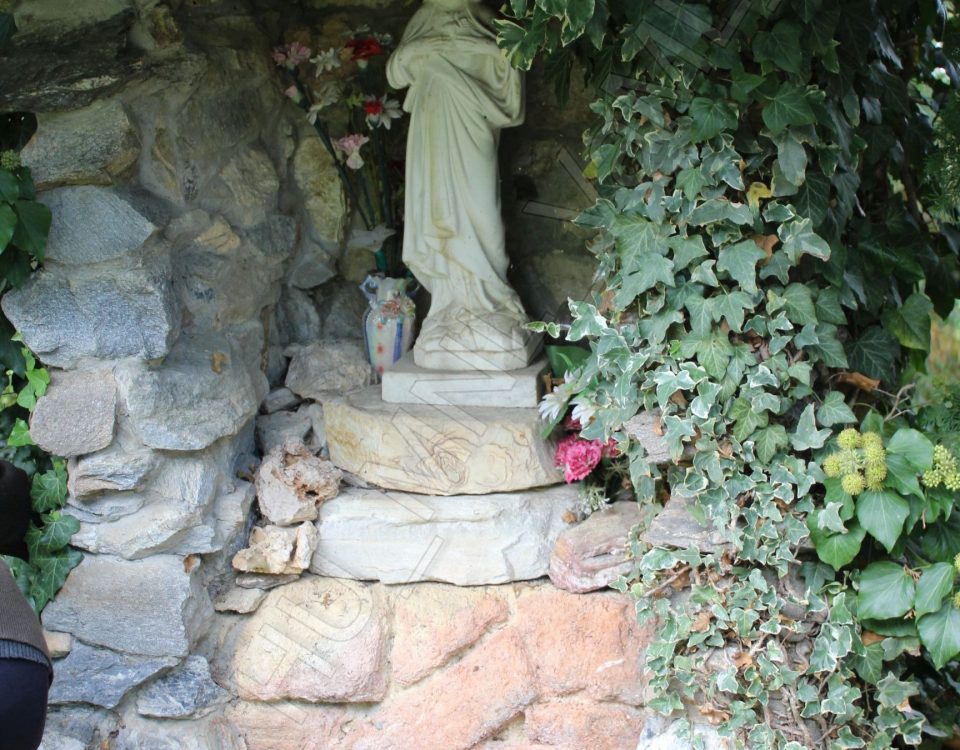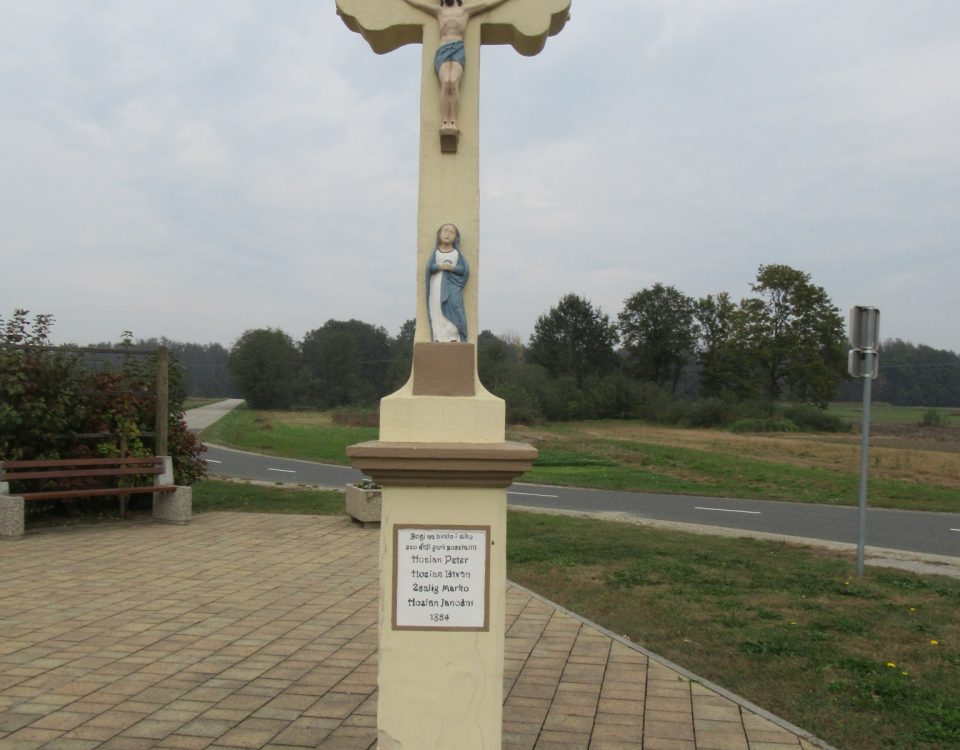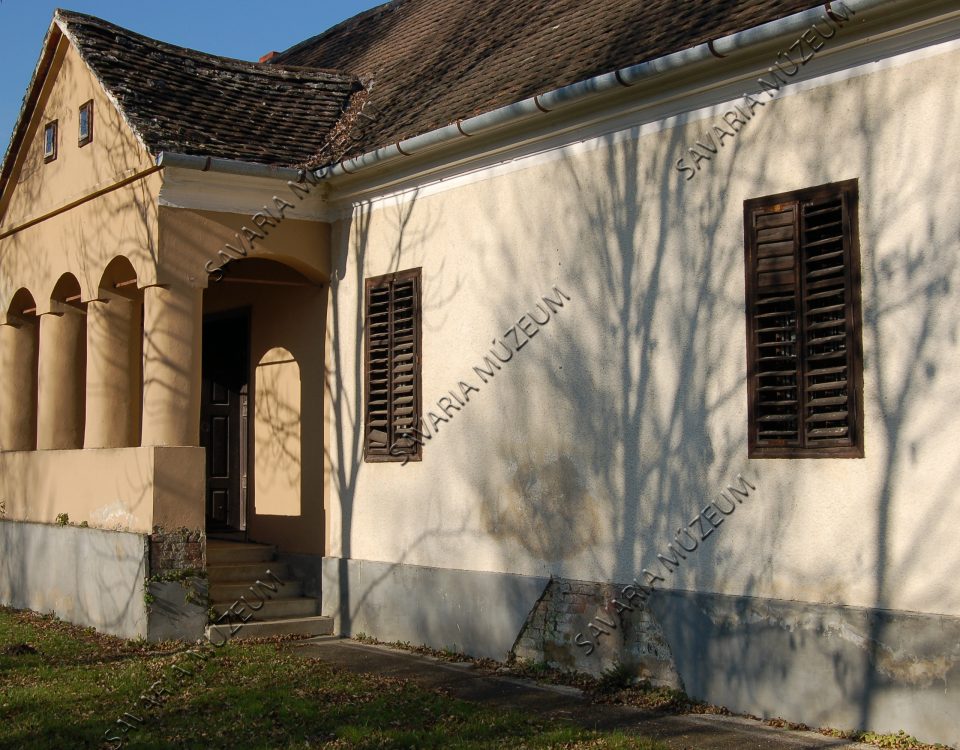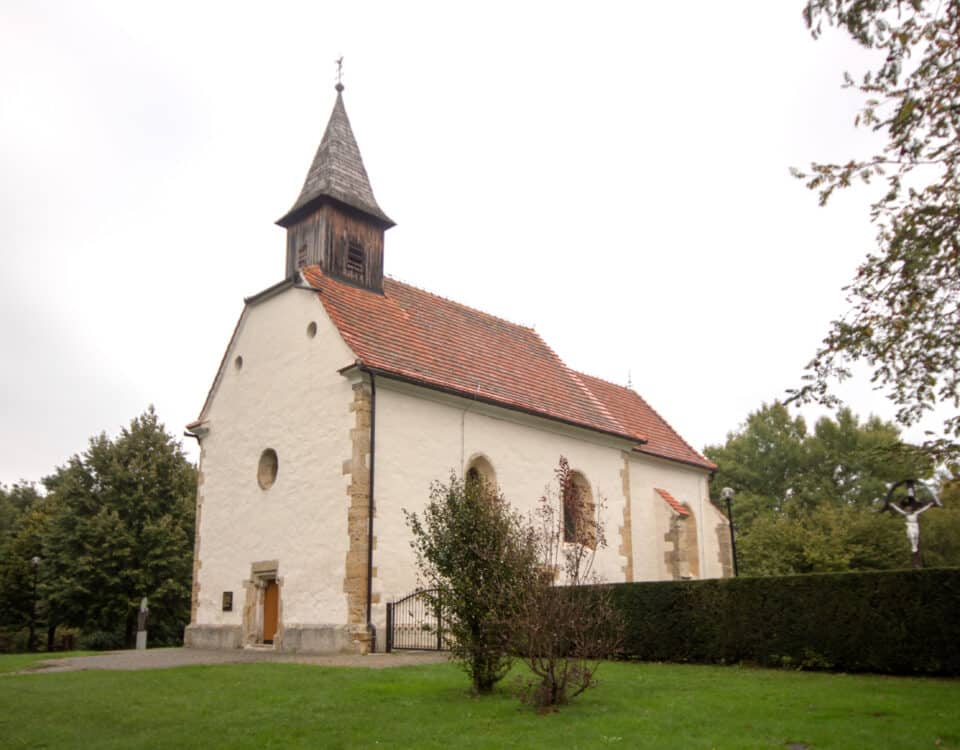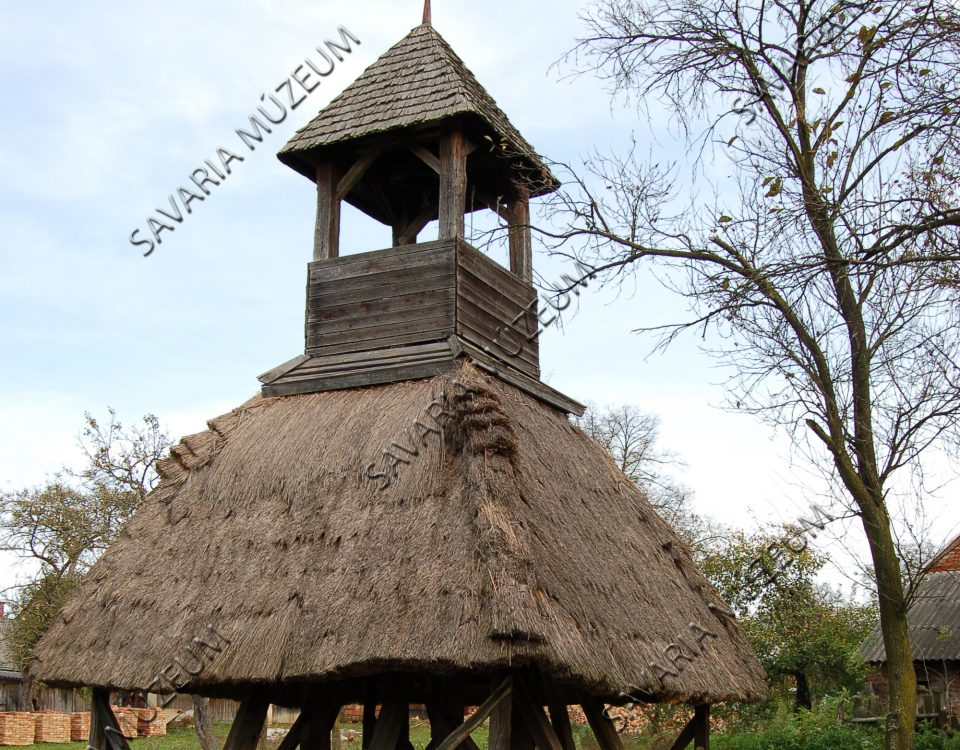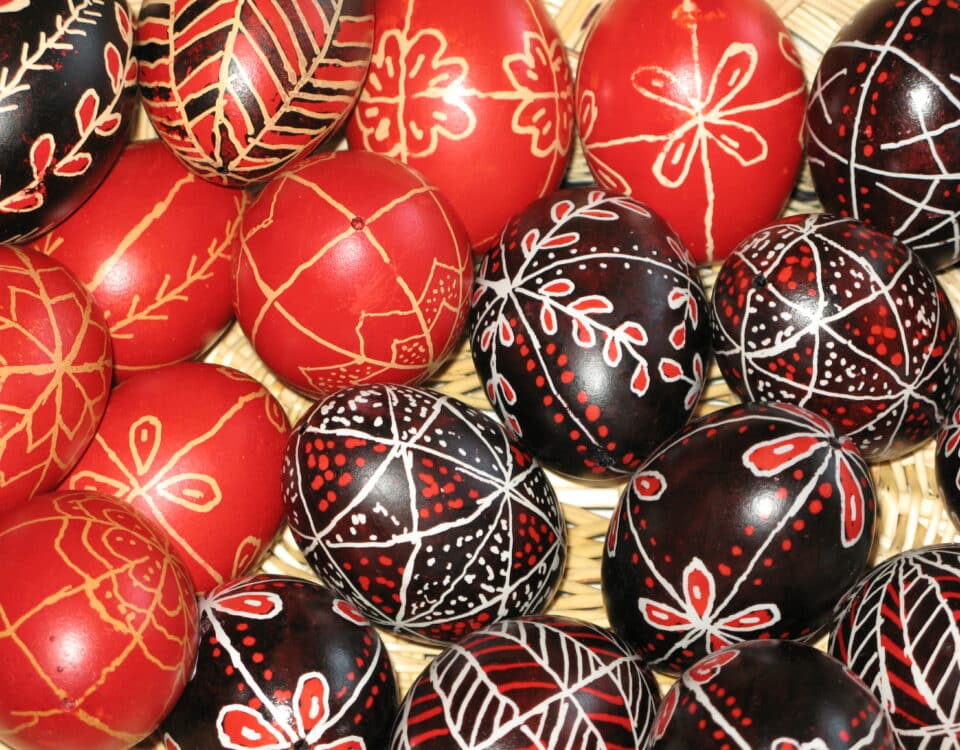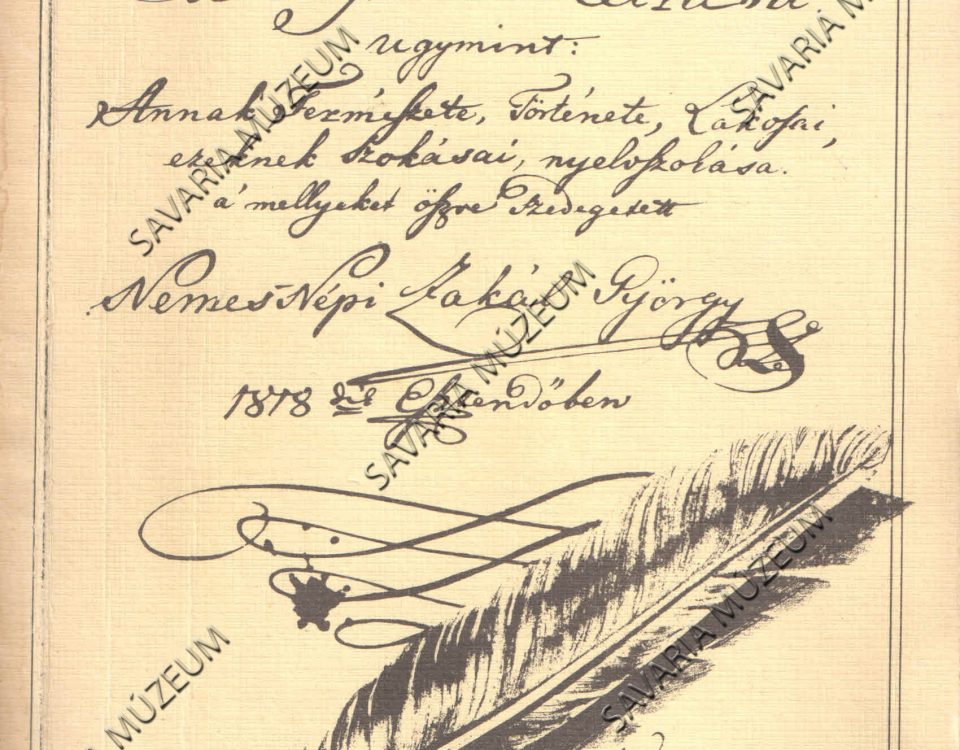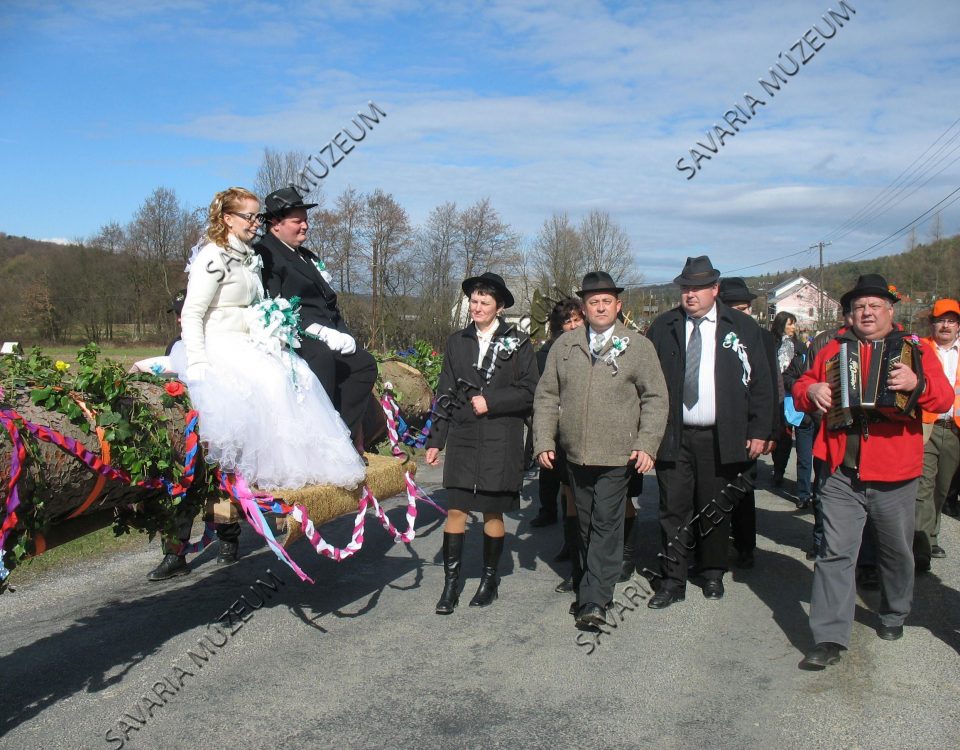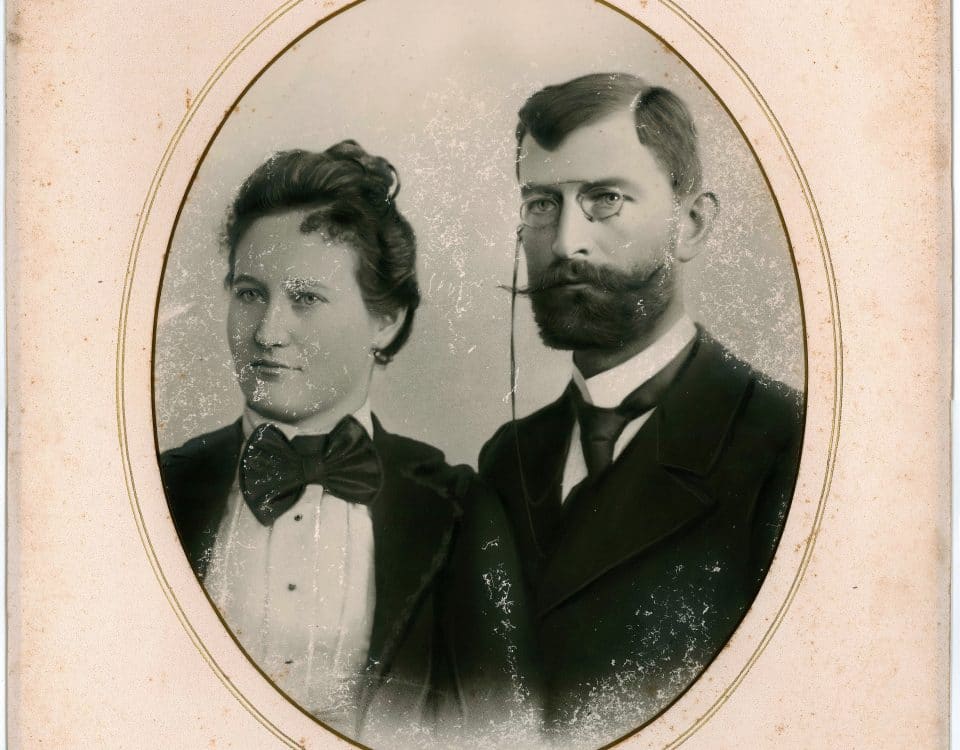Legend
Object
Archive material
Built cultural heritage
Intangible heritage
Personage
Audio-visual material
Random selection of objects
15. May, 2020
At the site near Nedelica, remains of a mediaeval settlement were found. Among the findings was the bottom of a mediaeval pot, made on a potter's wheel. At the bottom, a potter's sign can be found, a feature common on pots in mediaeval times, most commonly in the shape of a wheel or a cross.…
21. February, 2020
In the early 19th century, Alojz Eberl, an imperial tax officer, and a late romantic painter, moved with his family to Murska Sobota. He painted watercolors in his older age. Eberl's legacy forms the core of the 19th-century art history collection linked to the past of Murska Sobota and its surroundings. It comes from the…
10. February, 2020
Polanski Log, a forest area extending between Mala Polana, Brezovica and Nedelica, is the largest black alder site in Europe. The alder needs a lot of water to grow. It survived here because groundwater remained on the surface in the forest throughout the year. Today the alder is under threat as a result of regulation…
10. February, 2020
Star-shaped rattle made of clay, fired to gray color. Its tips are grooved, the inside is hollow, with several little balls in it. It was found in the object no. 126, which was a grave of a young adult (presumably male), buried following the scattered ash ritual. The clay rattle was discovered during the excavation…
Random selection of archive material
11. February, 2020
The first telephone exchange in Hodos was established on November 22, 1933. According to Murska krajina newspaper, this day was a true national holiday. Among the guests, besides the technical and postal workers in Ljubljana, there were the director of the post office, dr. Tavzes, district commander, Lipovšek, head of the Murska Sobota post office,…
21. May, 2020
The 1828 census corresponds to today 's tax return form. The unit is the head of the taxpayer family. The list contains the number of peasant farms, the size of the cultivated area, the varieties of crops, the different ways and costs of production in each region.
21. May, 2020
The 1828 census corresponds to today 's tax return form. The unit is the head of the taxpayer family. The list contains the number of peasant farms, the size of the cultivated area, the varieties of crops, the different ways and costs of production in each region.
19. February, 2020
After the death of Queen Elizabeth, Hungary was the country where the cult of Elizabeth became the strongest. On November 19, 1898, Ignác Darányi, Minister of Agriculture, encouraged the planting of “Queen Elizabeth Memorial Trees”: “Elizabeth was an admirer of the beauties of nature, her memory must be proclaimed by millions of trees.” Nádasd village…
Random selection of built cultural heritage
11. February, 2020
Restored cross made of artificial stone, standing at the intersection. As the inscription indicates, it was erected in 1884, as a way to express thanks to God and in his glory, so we do not know the exact reason for its creation. Perhaps it was only a sign of strong faith or showing the importance…
18. August, 2020
The change in building materials’ use in the villages of Őrség began in the late 1800s. Under the influence of Italian brick-burning migrant workers and Styrian craftsmen, brick houses began to appear. The school in Pankasz was one of the first brick buildings in the Őrség. It was built in 1885. Until then, the children…
18. August, 2020
The late Gothic village church dates from 1521. The church's relatively high nave is preserved and polygonally shaped, the closed off presbytery is narrower and lower. The church was arched in the baroque style in 1739. It is built from bricks and stone, the belfry above the presbytery is wooden and covered with shingles. The…
18. August, 2020
Belfries hold and protect the bell. The Reformed belfry in Pankasz stands at the highest point of the eastern part of the village. It was built in 1755. The year of construction of the four-column bell tower can be seen on the eastern buttress of the south-eastern column. Its bell was melted in the First…
Random selection of intellectual cultural heritage
18. August, 2020
Remenke or remenice are decorated Easter eggs. The widely known traditional technique of egg decoration called batik (with wax and paint) is characteristic for Ravensko and Dólinsko. The basis for decoration is blown eggs. Remenke are made and exhibited during the Easter holidays, and as souvenirs for tourists throughout the year. The batik technique started…
20. February, 2020
The description of Örség, e.g.: Its Nature, History, Its inhabitants, their habits and language habits, collected by György Nemes-Népi Zakál: In the Year of 1818th in Senyeháza. The manuscript was first published in 1985 and then in 2002. It contains geographic, historical and ethnographic data about the villages of Őrség.
3. March, 2020
The log-pulling at the end of the carnival is a fun mock marriage game where the log is dragged – by the “bride” and the “groom” as well as girls and boys dressed as best men and bridesmaids and dressed in costumes – to the center of the village. Slovenian customs in the Rába region…
20. February, 2020
The Fekete-tó is located at the junction of the settlements Orfalu, Farkasfa and Szalafő. It is not a lake filled with water but a peat bog, a swamp. Its origin is recorded in several versions. At Farkasfa, public lore has it, that church stood in its place. Once, a woman was late for the Christmas…
Random selection of personality
18. August, 2020
Karel or Karol Šiftar was the Evangelical priest in Bodonci between 1895 and 1959. In 1921, he wrote the Krátki návuk vere evangeličanske. In the photograph from around 1900, he is seen with his wife, Ida.
15. May, 2020
Jožef Godina fought in Austro-Hungarian units in the First World War and, in 1918, he joined the ranks of General Maister. He collaborated in the efforts for the occupation of Prekmurje, where he was captured and sentenced to death, but managed to flee. In 1925, he finished his degree in theology and was a priest…
30. April, 2020
30. April, 2020
The Farkasfa trial was the bloodiest event in the communist justice system in Hungary. 70 people were prosecuted in 1953 on charges of espionage and conspiracy in Yugoslavia. 10 people have been sentenced to death or have died in connection with trial: Mrs. József Bekes, József Bekes, Péter Wrangel, Ferenc Sipos, Ernő Szabó, János Sipos,…
Random selection of audiovisual material
3. March, 2020
A wedding song that was sung when the bride left her home.
3. March, 2020
Sojenice (Sojenice) / Fate fairies In the Slovenian Rába Region, fate fairies predict the fate of a child at the birth. Local version of an international motif. (ATU 934)
3. March, 2020
Stolnjek prestri se (Prtič pogrni se) / Wishing-tablecloth The Rába Region’s Slovenes’ version of the internationally known “Wishing-Table” tale . (ATU 563)
11. February, 2020
They were singing this lullaby when the baby was rocked in a hutch or cradle. A variation of three words (heje, baba, bijja) gives the lyrics of the song. The lullaby was collected in 1972 by Antal Békefi.

